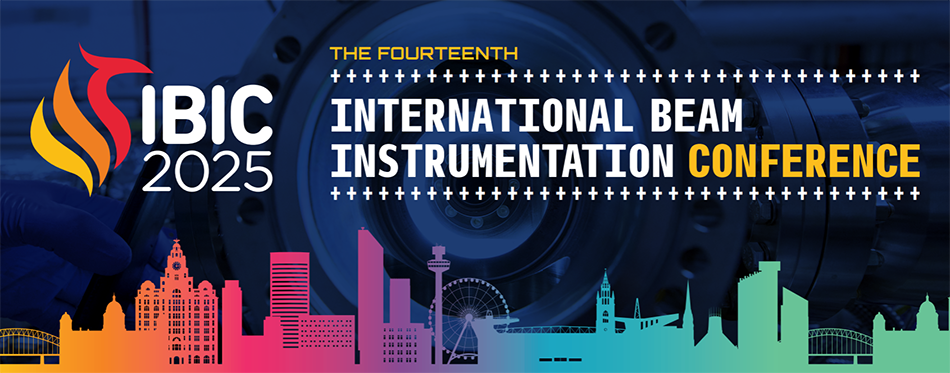Speaker
Description
Since its beginning ATLAS has had both Faraday Cups to measure beam current, and Beam Profile Monitors (BPM) to trace the beam profile. However only the Faraday Cups are used to perform objective beam measurements during tuning and delivery, because cups block the beam during measurements. ATLAS has approximately 41 BPMs which utilize a helically wound wire that continuously sweeps the Y and X profile but does not block beam. The output of these BPMs is sent through a series of multiplexers to an oscilloscope in the control room where operators can see the Y-X sweeps in real-time, as well as capture the waveform on-demand. To make the BPMs more useful for everyday beamline operations, a tighter coupling of the BPMs to the control system is required. The first step is to continuously capture the BPM signal by the control system. Once continuous capture is implemented, software tools to store, analyze, and display key metrics from the BPMs are required to make use of the data. The system would primarily be used as a minimally-invasive approximation of continuous real-time beam current monitor, capable of measuring light ions.
Funding Agency
This work was supported by the U.S. Department of Energy, Office of Nuclear Physics, under Contract No. DE-AC02-06CH11357. This research used resources of ANL’s ATLAS facility, which is a DOE Office
| I have read and accept the Conference Policies | Yes |
|---|

